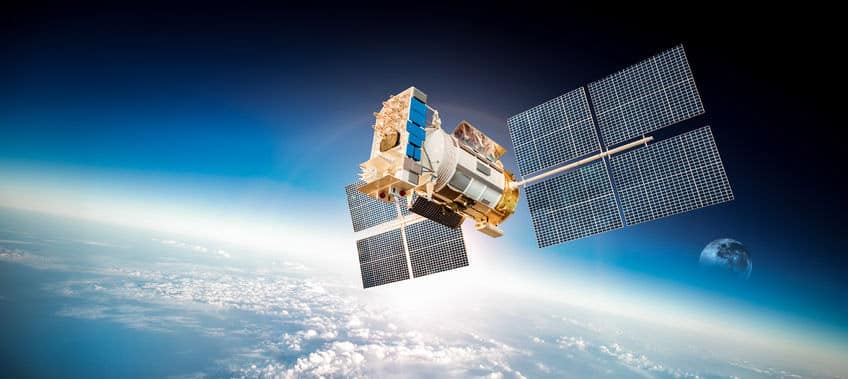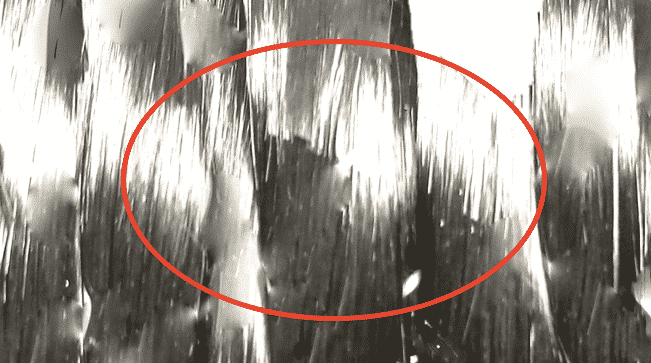Space Tech Expo 2016
June 7, 2016
Thermal Space Receives USPTO Trademark Registration for Thermal LyNX®
May 9, 2017Is Space Qualification Product or Process Based?
There are many claims that surface when hardware is advertised in the aerospace marketplace. One of the more prevalent ones is that hardware is “space qualified” or that a product has “space flight heritage.” But what does this really mean? Is there really such a thing?
The answer is a straightforward “yes,” if the product being marketed is exactly the same as one that has either been launched and successfully used in space before, or has undergone extensive material and configuration environmental testing to completely demonstrate:
- Survivability through the launch environment and deployment into space without performance loss,
- Material compatibility in space to either not degrade or cause a threat to other systems, and
- Achieving full performance over the duration of the space mission (often in excess of ten years).
But what if the product is slightly modified from the flight version, perhaps a small change in configuration, or maybe just a little larger or smaller, or built from a different batch (lot) of materials? What if the hardware is going on a system that will be launched on a vehicle that is different from a previous mission, or is going into a different orbit (environment)? Do these claims still stack up? The answer in this case is that any change in product design, materials or the launch-to-space environment directly exempts the product from being either space qualified or having space flight heritage. In essence, any change in the product, no matter how minute, or change in the environment that it will see during its insertion and deployment into space, is enough to disqualify such claims.
A Reasonable Assumption
In the context of thermal products, let’s take a simple example in the form of a thermal strap. A thermal strap was built from lots A, B and C of materials to configuration drawing 100000-RevA, where it has length (L1), width (W1), thickness (T1) and mass (M1), and is then qualified for space use through a series of tests that demonstrate the capability to successfully perform throughout environments resulting from system ground testing, any storage conditions, launch , then finally on-orbit environment. Further, this thermal strap was flown as a component on an instrument system that was launched into a deep space orbit on a Delta-IV rocket. The thermal strap performed as expected through launch and deployment, and after five years on-orbit, the instrument and thermal strap are still performing flawlessly. Clearly, in this case claiming the thermal strap as either “space qualified’ or having “space-flight heritage” is a very reasonable assertion.
So, if there are follow-on identical thermal straps built for multiples of the same instrument system that go on additional satellites launched by the same vehicle into the same space orbit and environment, then the product is indeed space qualified and great savings can be realized with the procurement of more straps by eliminating the need to further test materials or configuration performance.
Mission Critical Considerations for Qualification and Heritage
Case 1
However, consider this case (Case 1): For the next satellite launch, the instrument manufacturer (thermal strap customer) needs to slightly modify one of the thermal interfaces the thermal strap bolts to, in order to accommodate a new optical component. That change results in only a small change in the length to the thermal strap, with all other dimensions remaining exactly the same.
A new drawing, 100000-RevB, is issued to reflect the change in thermal strap length (L2). Mass of the strap has also changed as a result (now M2). The new strap is built from the same A, B and C material lots; but the fact is this thermal strap is not space qualified, nor does it have flight heritage. Just the small change in length has created uncertainty in how the thermal strap (and just as importantly, the instrument system that it goes into) may:
- Tolerate launch due to the additional mass,
- Induce more stress at the bolted interface locations,
- Have more deflection, and…
- Have more thermal resistance.
Certainly, many of these performance parameters may be analyzed and modeled to support the design change as low risk; however, analysis does not equate to full qualification level in most space systems. Further testing is required to demonstrate the new strap can tolerate the mechanical, thermal and other environments it will be directly exposed to.
Case 2
Considering a different case (Case 2): The instrument manufacturer is building another instrument system and wants to use the identical thermal strap (100000-RevA), because it worked so well in the previous system and it has been qualified for spaceflight. They don’t want to change a thing and the satellite that the instrument and strap are integrated with is going to launch on another Delta IV rocket. However, this time deployment is in a low-earth orbit.
In this case, we need to understand that the thermal strap materials may behave differently in the low-earth orbit, perhaps due to a change in thermal environment, but more likely due to exposure to atomic oxygen that is prevalent there. Perhaps some additional testing of the strap can be conducted to determine how it is effected by exposure to atomic oxygen, but exposure levels over a 10-year life would need to be determined and verified. That could lead to difficult and costly testing at the thermal-strap component level.
It’s possible the change in environment means the thermal strap needs to be shielded or encapsulated to mitigate the exposure risk. With encapsulation, the mechanical flexibility characteristics of the thermal strap may change, causing it to behave differently through launch and on orbit. Of course, this results in a configuration change that means the encapsulated strap has not been qualified for use in space.
Engineering Experience is the Prerequisite
Certainly, as a supplier of products to the aerospace market, it is critical to understand all aspects of product design, materials, analysis, test and quality control, and the environmental constraints that make the product worthy of qualification for use in a space-flight system. It is also important to work with the team of engineers at the system level (customer and possibly above) so that any tradeoffs related to design or environmental changes are evaluated – not just at the component level. In some cases, it may be simpler and less costly to either avoid component design changes or invoke broader environmental control measures, than re-qualify one or more components. This is ultimately a decision left to the end user on the basis of performance, cost and schedule risks.
In summary, there are instances where the claims of “space qualified” and “space flight heritage” are true to the intended meaning. Examples of this would be electrical components and mechanical fasteners that are tested and verified to perform through a wide range of environmental conditions indicative of space. As for more complex components and subsystems, most qualification protocols to verify compatibility for use in space are process based, whereby it is much more relevant that the suppliers have veteran professional staff (typically the engineering team) with a wealth of experience qualifying the hardware they produce and market.
If you are responsible for the procurement of space-flight articles or hardware for use in aeronautical systems, it is highly prudent to dig deeper than advertised claims of “space qualified” or “space flight heritage,” to complete the necessary due diligence that comes from speaking with the appropriate company professional that has the requisite hardware space qualification experience.



